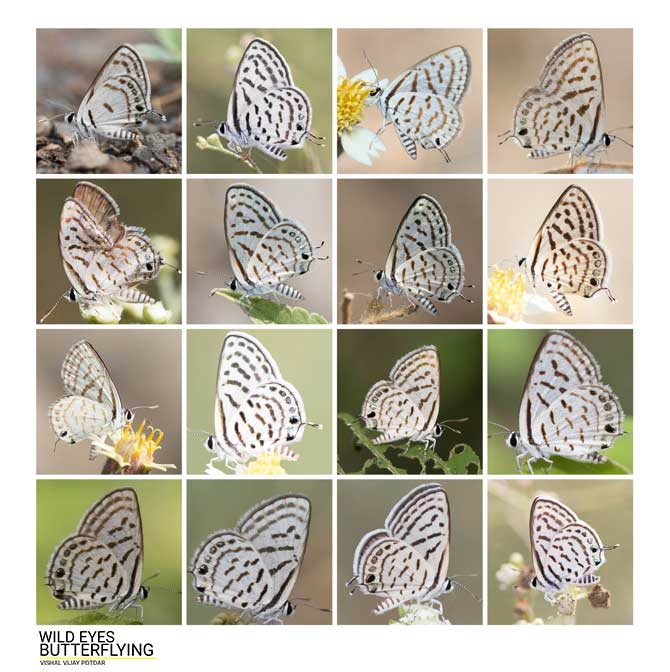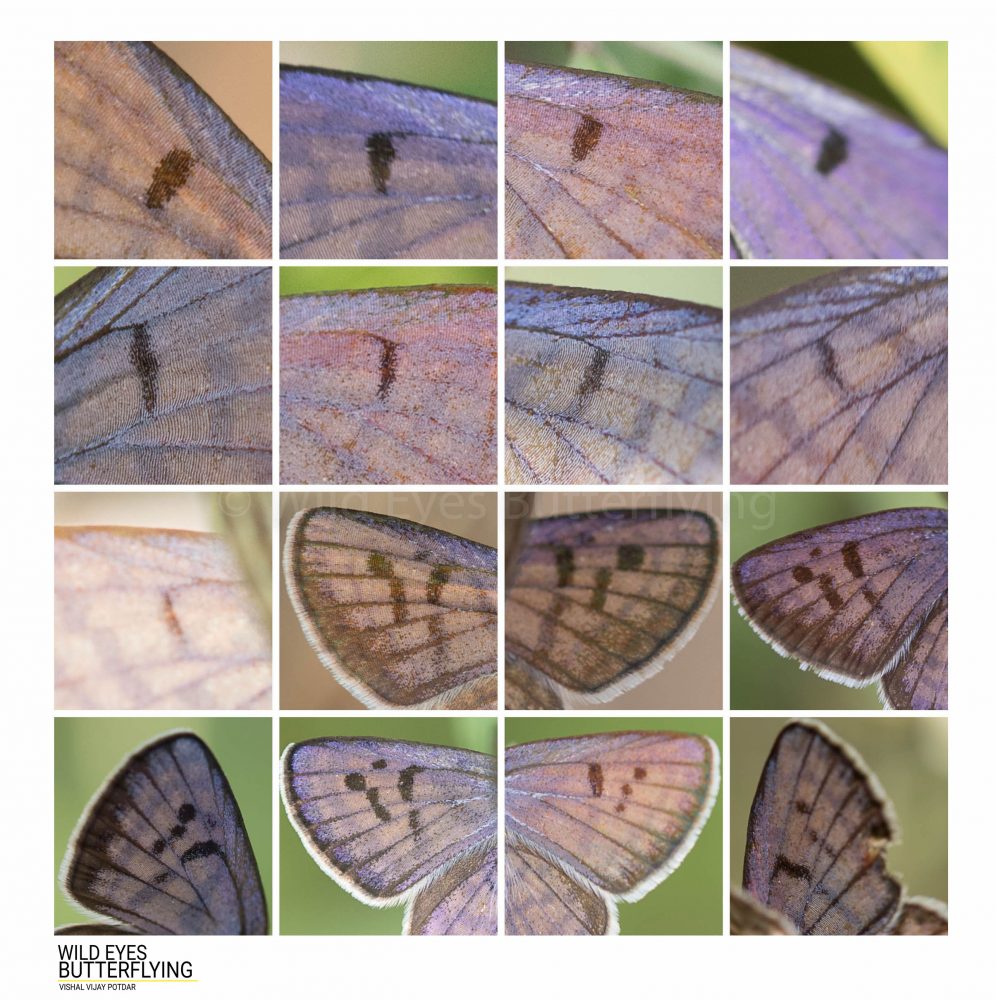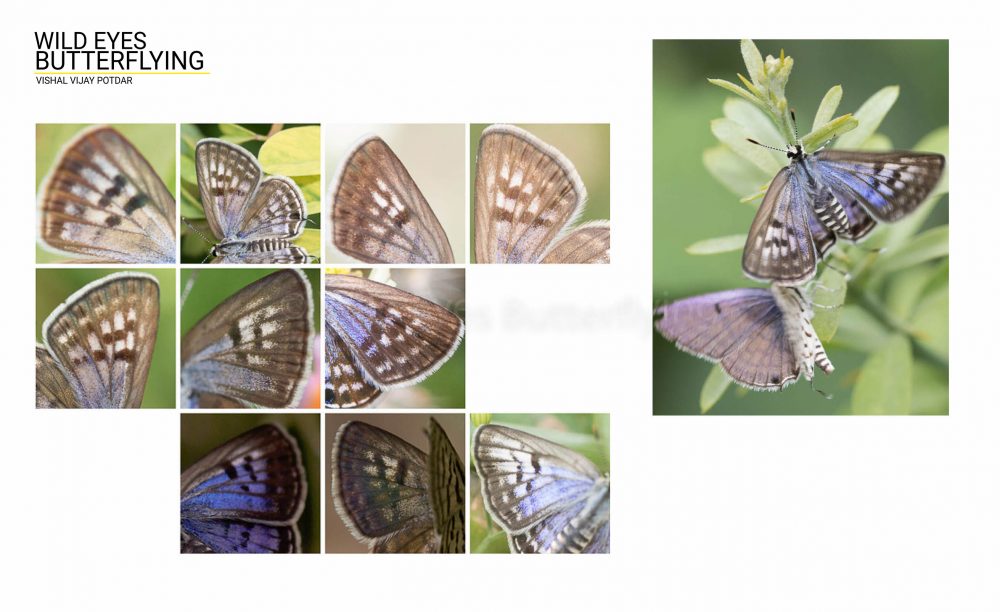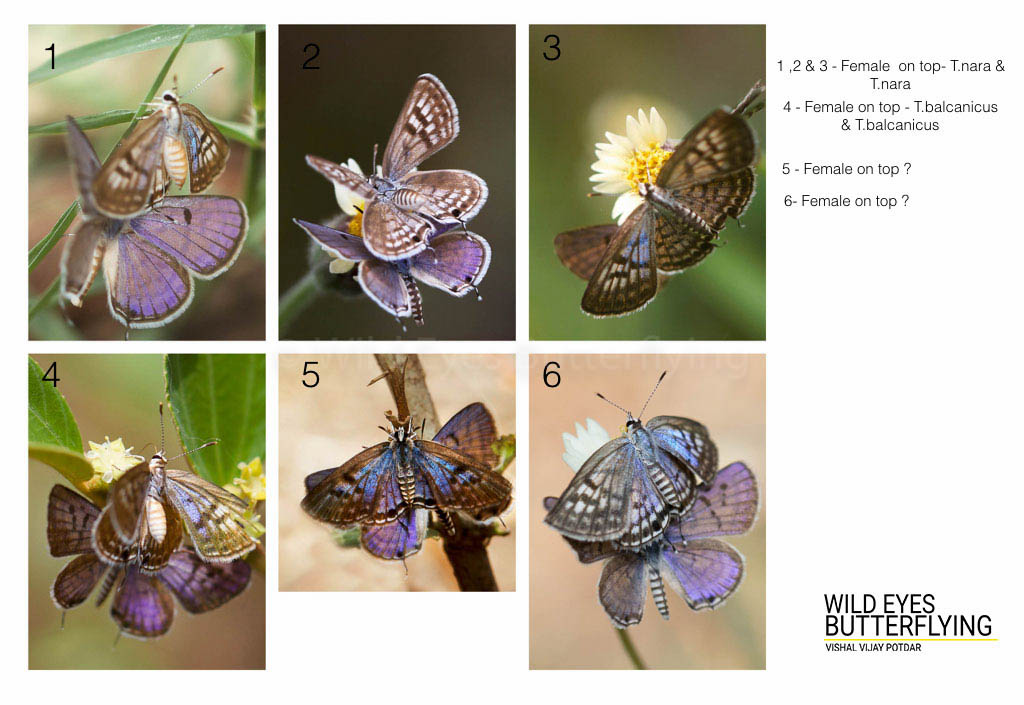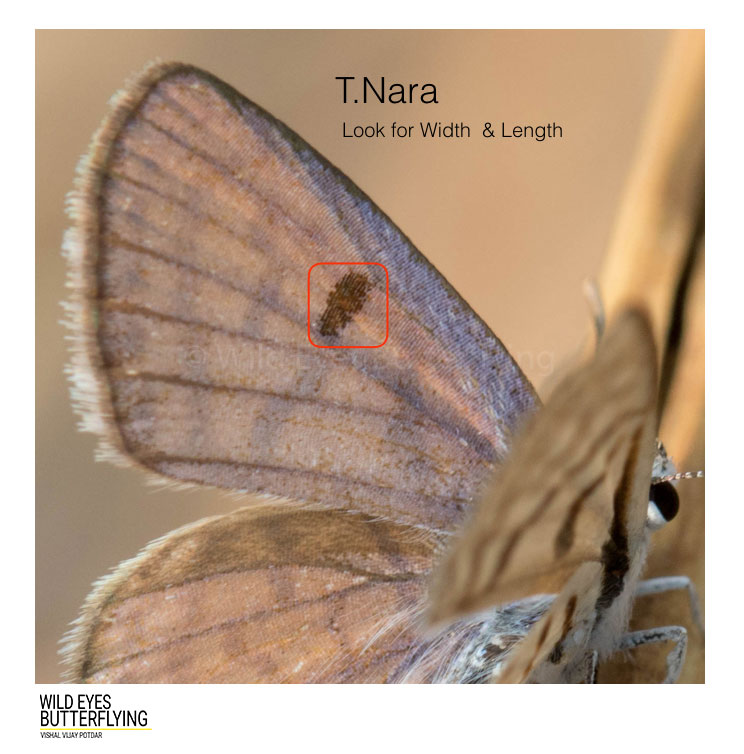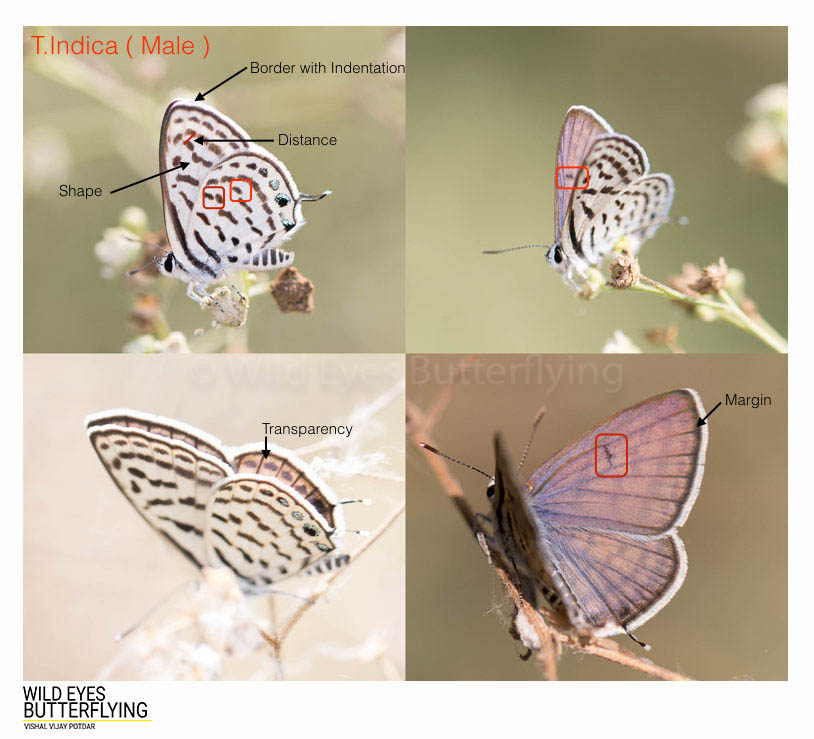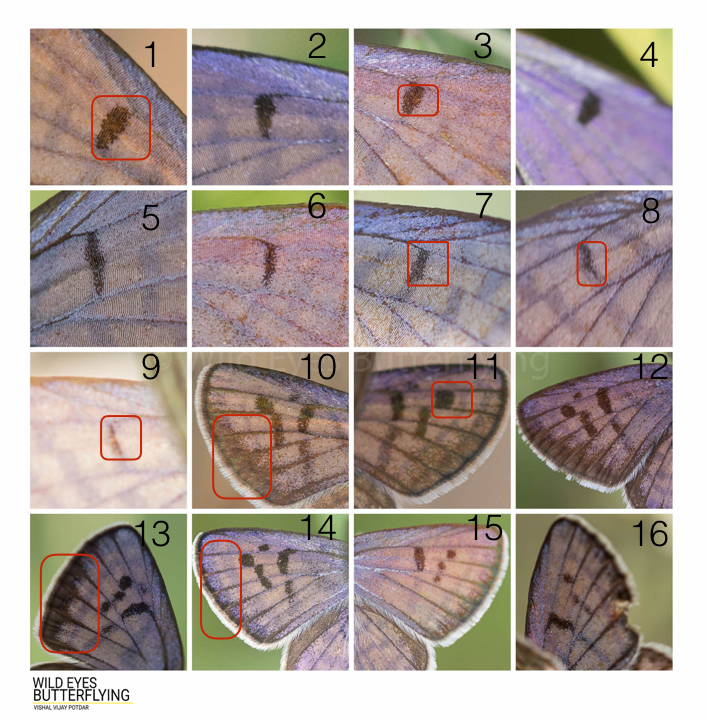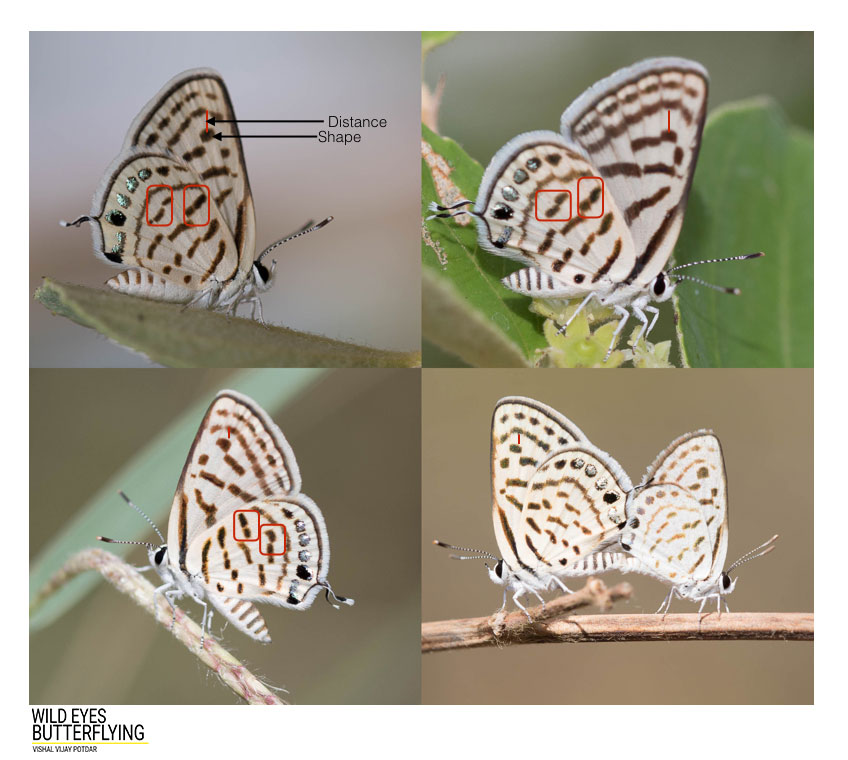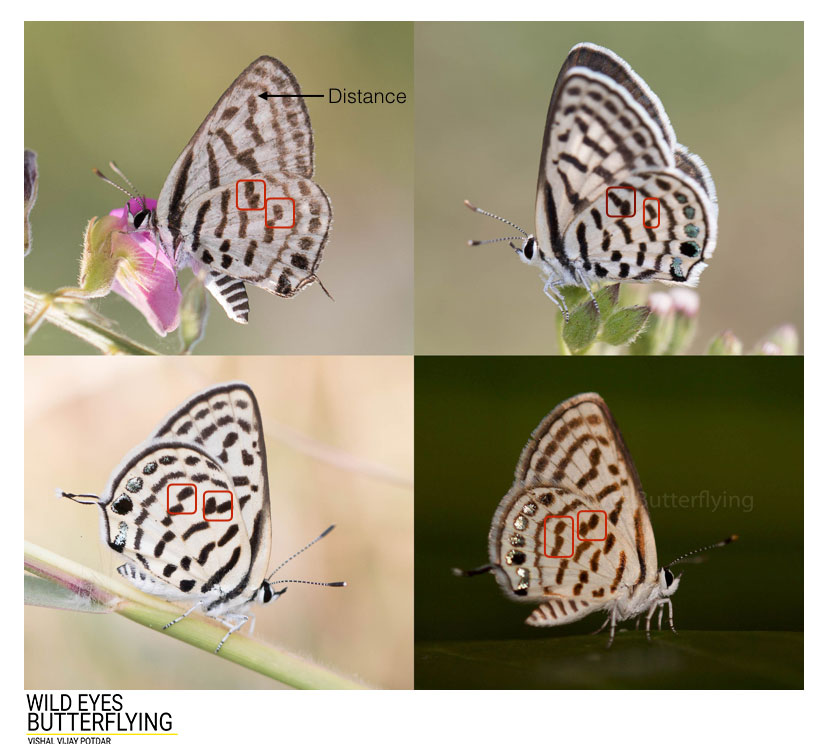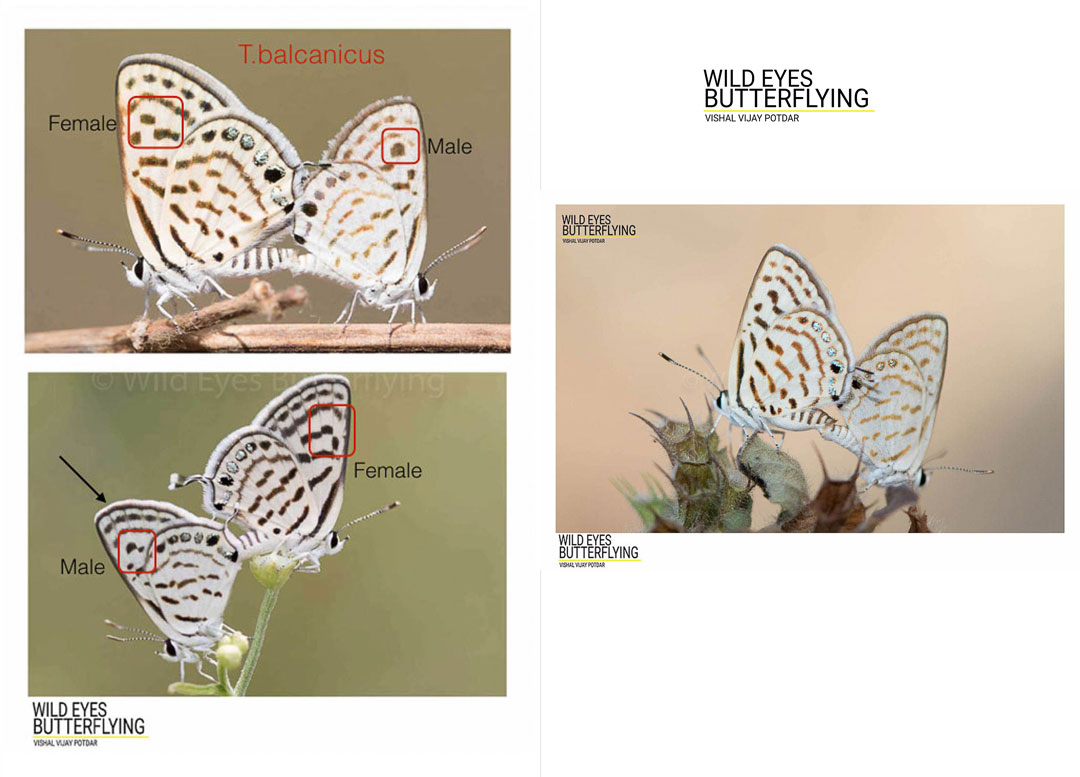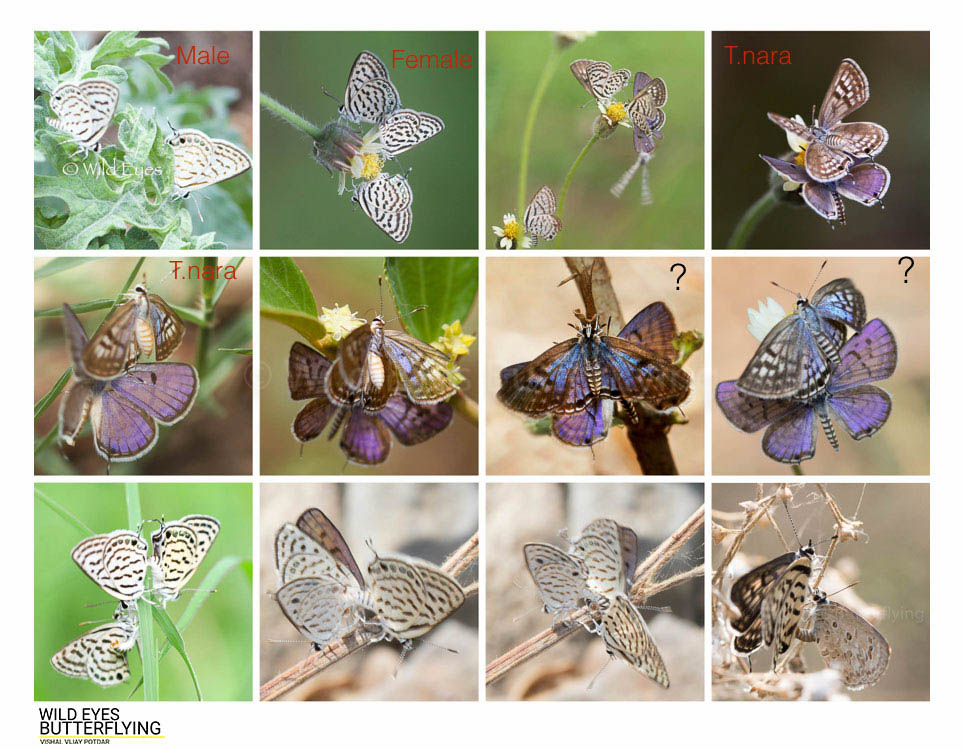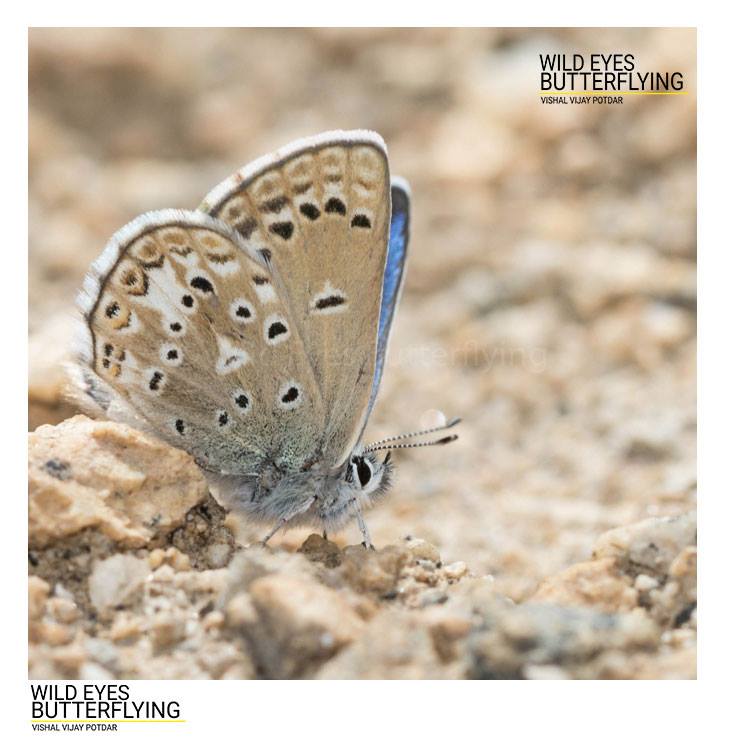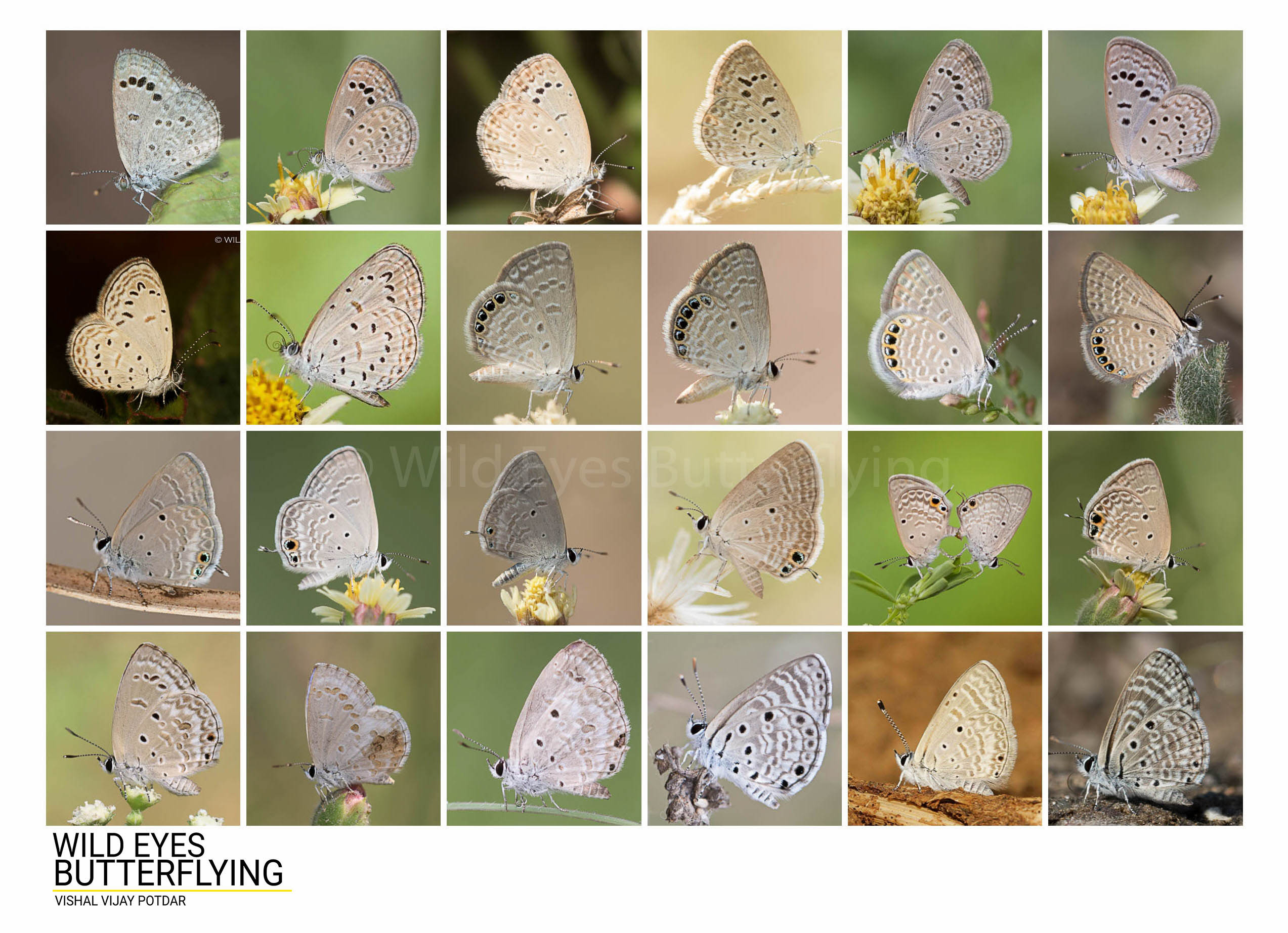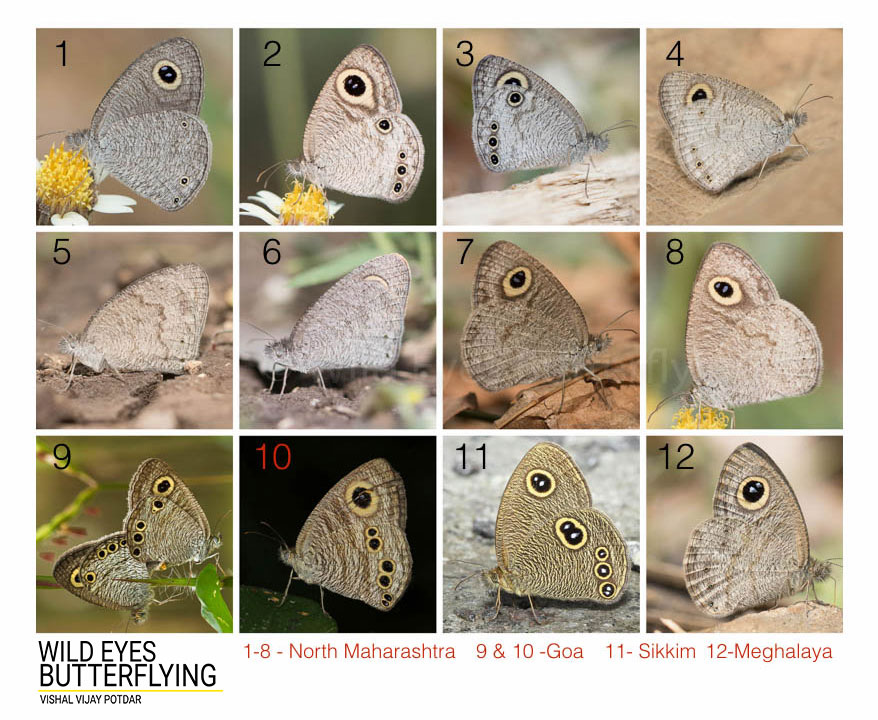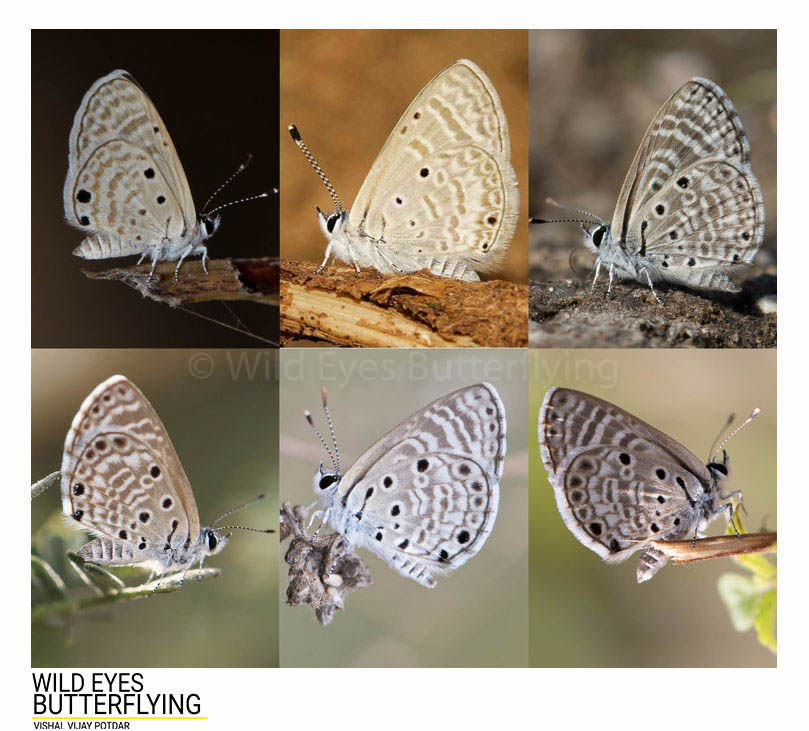Tarucus Identification is very tricky. Tarucus is fairly common in North Maharashtra.I ll be sharing my observations and views on methodology i have adopted. Main Problem is all looks very same when you see them for first time.
But once you start observing you ll get some new information daily.Observations is THE KEY for this beauty.Now I ll request you before proceeding ,read all available books and Scientific Papers available on Tarucus , Search web also ( IFB website ) Now after going through all this data,make your own notes under headings 1) Species 2) location 3) Season 4)Host plants . So now once you spotted Tarucus ,your objective is try to photograph both Open wings and close wings shot of every specimen in surrounding. Now compare the Shots with available photos in books and Online ( IFB -Ifoundbutterflies.org , Flutters.org are the best source of information on Indian butterflies )and put them under headings of male and females. If you are able to differentiate between Male and female Tarucus ,then Next step is to observe Open wings of male tarucus & Close wings of female Tarucus
Purpose of writing this is not for promoting my Identification keys but to take you one step towards Identification.Thease are only Pointers.
1) Tarucus Male Open wings
2) Tarucus Female Open wings
Now Once you Confirm Which One is Male & Which one is female ,Try to photograph them together ( Courtship )
3) Courtship –
Observing Courtship behaviour ll help you in understanding and confirming female identity. As Male tarucus is easy to ID as compared to female,so if you can identify male as T.nara,you CAN ID female as T.nara. ( But its NOT TRUE in many cases ) Use this only as a supporting data.
Now lets try to ID -Tarucus Male
For Male Tarucus – Easy way is – Open Wings
Now Look for the following area Marked 1) Size 2) Shape 3) Colour 4) Pattern 5 ) Border 6 ) Additional areas.
T.nara ( Male )
T. Indica ( Male )
Till now its easy ,but now onwards explanation its slightly tricky and difficult ,for many reasons.
- These are observations from very restricted area in Maharashtra
- There are only 4 Tarucus species reported from Maharashtra out of which T.Indica & T.callinara reported by me in recent years. I spotted T.callinara only twice in 2 years.
- So when i see different constant variations in open wing patterns ,question is where to put them – As variations ?sub species ? or new species ? Reasons can be endless like DSF/WSF , MIGRATION OR INTERBREEDING (True and scientific answers ll get only after observing Tarucus in CONTROLLED environment like in Lab I guess OR by any other scientifically proven methods )
- Image 1 to 5 – T.nara
- Image 6 – May be T.nara/T.callinara
- Image 7 to 9 – T.Indica
- Image 10 onwards -T.balcanicus OR T.venosus OR something else
- Colour – from Violet to Blue
- Border – Border with indentation is seen prominantly in T.nara , T.indica ( Difference between them can be make out once seen T.indica.)
- Females are larger than males and lives in group. lives near by host plants. prefer selective perch also
- Courtship behaviour is strange and of Paramount importance to know the true facts of this small beauty

